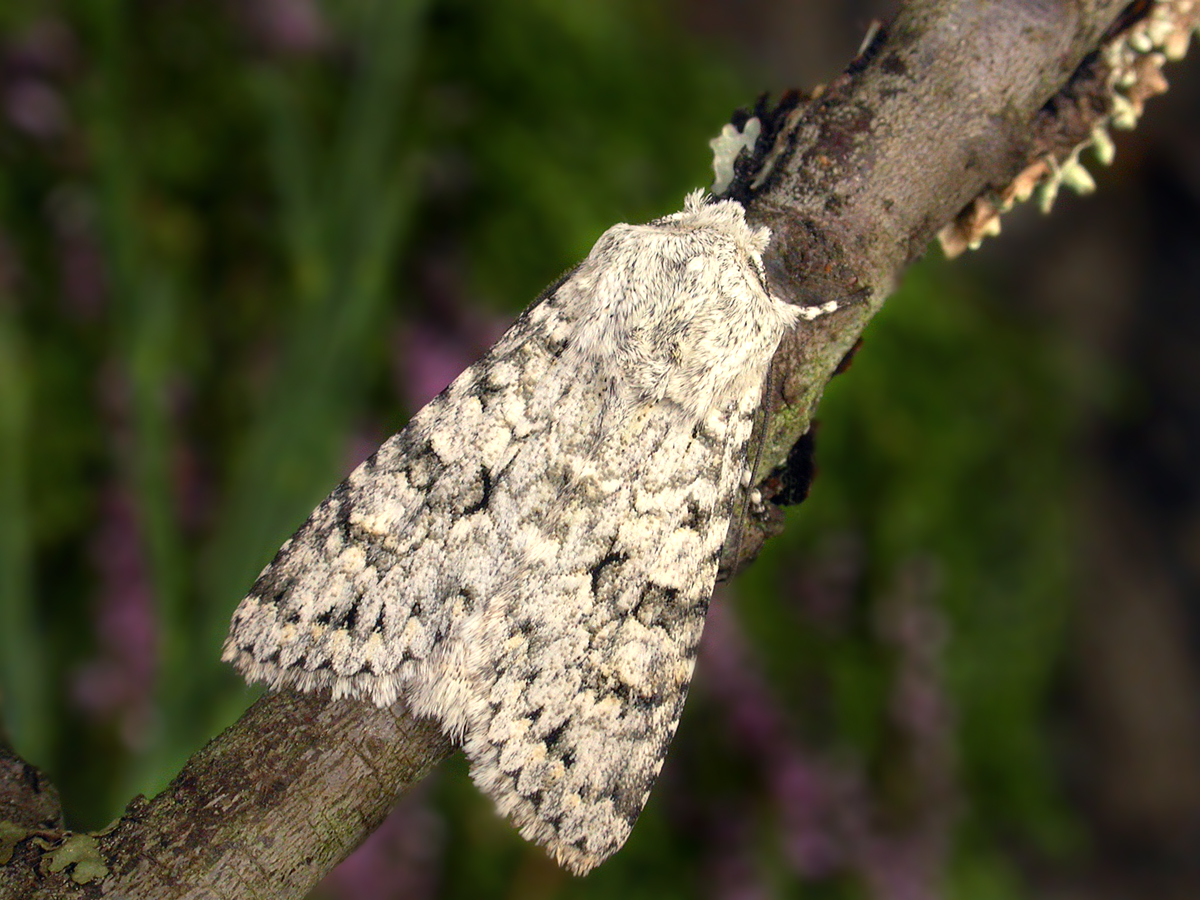New research from wildlife charity Butterfly Conservation and Northumbria University has shown that moths adapted to cooler conditions are being lost from parts of Britain as a result of climate change.
Around 10% of the macro-moth species in Britain are naturally restricted to areas and habitats with cooler climates. Unsurprisingly, most of these species occur in the northern parts of Britain, but some occur in the south too, especially on hills and moors. Most of these moths have declined in distribution over recent decades, leading to concerns that climate change could be driving these species to extinction and, if so, what can we do to conserve them?
Scientists have now discovered that increasing the amount of water within habitats could be key to saving these species from rising temperatures.
Researchers looked at data gathered over a 40-year period by volunteers of Butterfly Conservation’s National Moth Recording Scheme. The results showed that, on average, cool-adapted moths have retreated towards the north-west, tracking the changing climate, with some species dying out completely in more southerly and easterly parts.
These local extinctions were most likely in the warmest parts of Britain. However, the study also showed that, particularly where temperatures were high, the threat to the moths was greatly reduced where annual rainfall was also high. This is believed to be because the plants that the moths’ caterpillars rely upon for food survive better when there is more rainfall.
The research highlights the importance of considering water availability in the landscape as part of our response to climate change. Changes in habitat management such as reducing overgrazing, increasing tree cover, slowing rivers, and blocking drainage ditches on peatlands could help retain water and benefit moths and other wildlife, as well as increasing carbon capture and reducing flooding.
Postdoctoral Researcher at Butterfly Conservation, and lead author of the study, Dr Lisbeth Hordley said: “Cold-adapted species, like the British moths in our study, are likely to be the first to struggle as the climate warms. Unfortunately, as climate change worsens, more areas in Britain will see the high temperatures that are driving these moths to extinction, so adapting land management to increase water retention is even more important to safeguard such species.”
Dr Andy Suggitt, Assistant Professor at Northumbria University, and also a co-author of the research, said: “As the recent IPCC report concluded, species have responded remarkably consistently to warming temperatures- and we know this will ultimately result in a heightened risk of extinction for many species. But the picture has been less clear at the warmer edges of species’ ranges. Our new study contributes a small but important piece of that puzzle, whilst also offering a tangible option for conservation managers and practitioners to mitigate adverse changes by changes to water management”.
Dr Richard Fox, Head of Science at Butterfly Conservation and co-author of the research added: "Thanks to the efforts of thousands of volunteer moth recorders over the past 40 years, we now know that there is a strong link between warming temperatures and the decline of many species that live in cooler parts of Britain. Although that's really bad news for the insects, the records gathered by these citizen scientists have also shown how we can increase the resilience of these species, at the same time as benefiting people, by retaining more water in river catchments.
“Existing Butterfly Conservation projects such as the Bog Squad, which is re-wetting damaged peat bogs in Scotland, are already providing such benefits but much more is required to protect wildlife and people as the climate crisis grows.”
To read the full report, see here.


